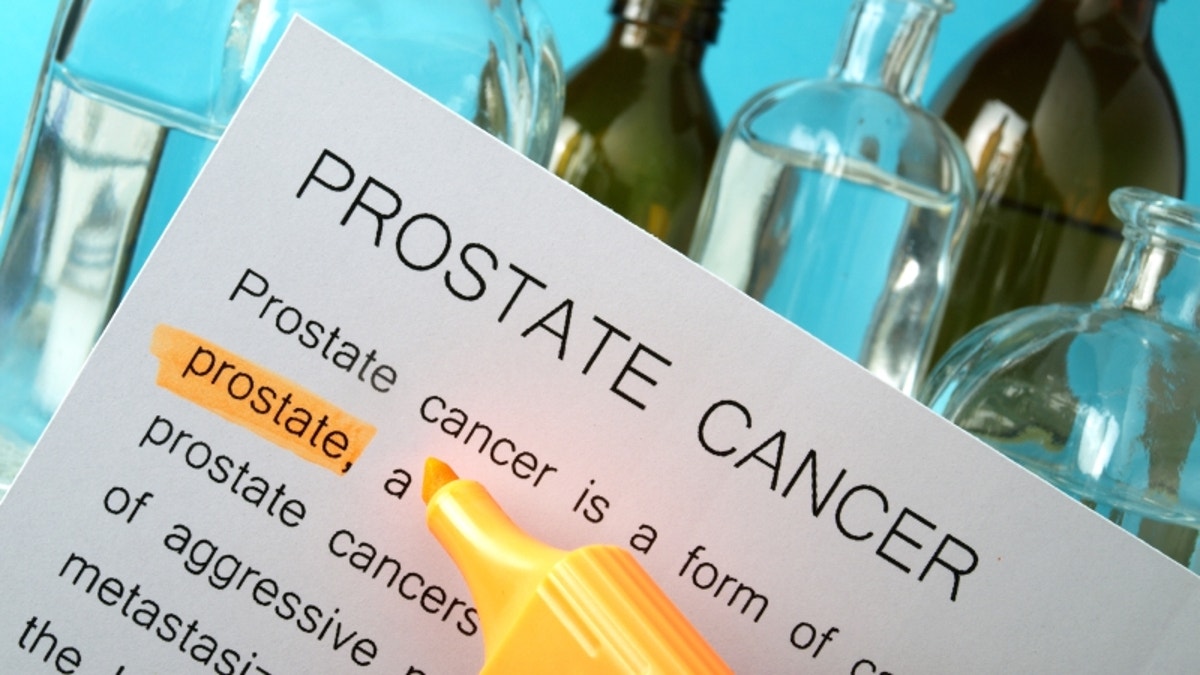Study supports watch-and-wait approach for many prostate cancers
{{#rendered}} {{/rendered}}
In a long-term study of older men diagnosed with low-risk prostate cancer and followed with so-called active surveillance, less than a third of cases eventually needed treatment, according to a new study.
About one half of one percent of the men died of their cancer during up to 18 years of follow-up.
Some prostate cancers do need to be treated on diagnosis, but older men with small, slow-growing cancers may die of other causes - often heart disease - before their prostate cancer shortens their lifespan, the authors note in the Journal of Clinical Oncology.
{{#rendered}} {{/rendered}}"Our goal was to make absolutely sure we identified the people that we thought would be the absolute safest," said senior author Dr. H. Ballentine Carter of Johns Hopkins Hospital in Baltimore.
In the U.S., about 30 to 40 percent of men who would qualify for active surveillance for prostate cancer take that option. That proportion that has slowly increased over time but still lags behind other countries, Carter told Reuters Health.
The researchers followed 1,268 men, mostly in their 60s, diagnosed with low-risk or very low-risk prostate cancer in the 2000s.
{{#rendered}} {{/rendered}}As part of active surveillance, the men had twice-yearly rectal exams and blood tests for prostate specific antigen (PSA) to measure increases or decreases in the protein produced by the prostate gland. An increase in PSA can signal prostate cancer progression to higher-risk status. The men also had annual prostate biopsies.
Of the whole group, 650 were followed for at least five years and 184 were followed for at least 10 years.
Over the study period, 49 of the 1,268 men died, 47 of them from causes other than prostate cancer, and two due to prostate cancer.
{{#rendered}} {{/rendered}}Of the two men who died of prostate cancer, both were originally diagnosed with very low-risk cancer and one of them died within 15 months of diagnosis. The other died 16 years after diagnosis, with a prostate tumor that was distinct from the one originally diagnosed.
At the 10-year point, 26 percent of the men had the grade of their cancer reclassified based on biopsies or other tests. After 15 years, 31 percent had been reclassified.
"It's extremely unlikely someone (meeting low-risk) criteria is going to be diagnosed with a cancer that is ultimately going to kill them," Carter said. For men with very low-risk cancers, "the first thing you should be asking is not which treatment, but do I need treatment at all," he said.
{{#rendered}} {{/rendered}}"This is another piece suggesting that, not only does (active surveillance) appear to be safe, based on this it is incredibly safe for certain groups of individuals," Carter said.
Now that considerable evidence supports active surveillance for many men, a focus of research should be refining doctors' ability to identify which ones are less likely to be safe, writes Dr. Anthony D. D'Amico of Brigham and Women's Hospital and Dana Farber Cancer Institute in Boston in a commentary accompanying the new study.
Race and ethnicity, family history and having other health conditions all factor into the likelihood of prostate cancer progression, he notes. As time goes on, it will be easier to fully personalize prostate cancer treatment or surveillance to each individual, based on factors like age, ethnicity and genetic profile.
{{#rendered}} {{/rendered}}"In this particular paper, while the data that has been provided is supportive of surveillance for many men with low-risk prostate cancer it does not answer the question for all men with prostate cancer," D'Amico told Reuters Health.
Few of the men in this sample were African American, and other studies suggest their risk profiles may differ from those of Caucasian men, he said.
The results also may not be applicable to older men, in their 70s or 80s, who are otherwise healthy, with no risk for heart disease or other causes of death, he said.
